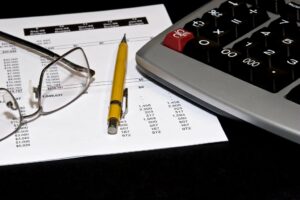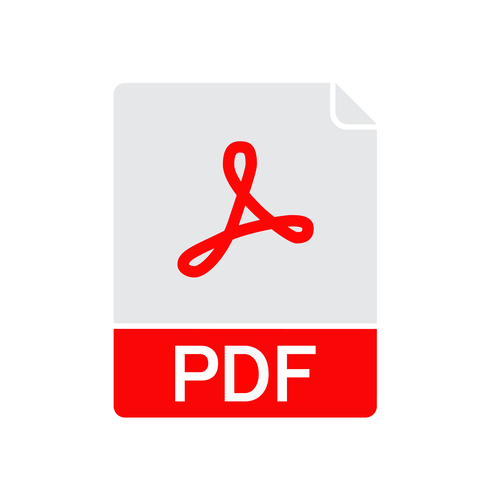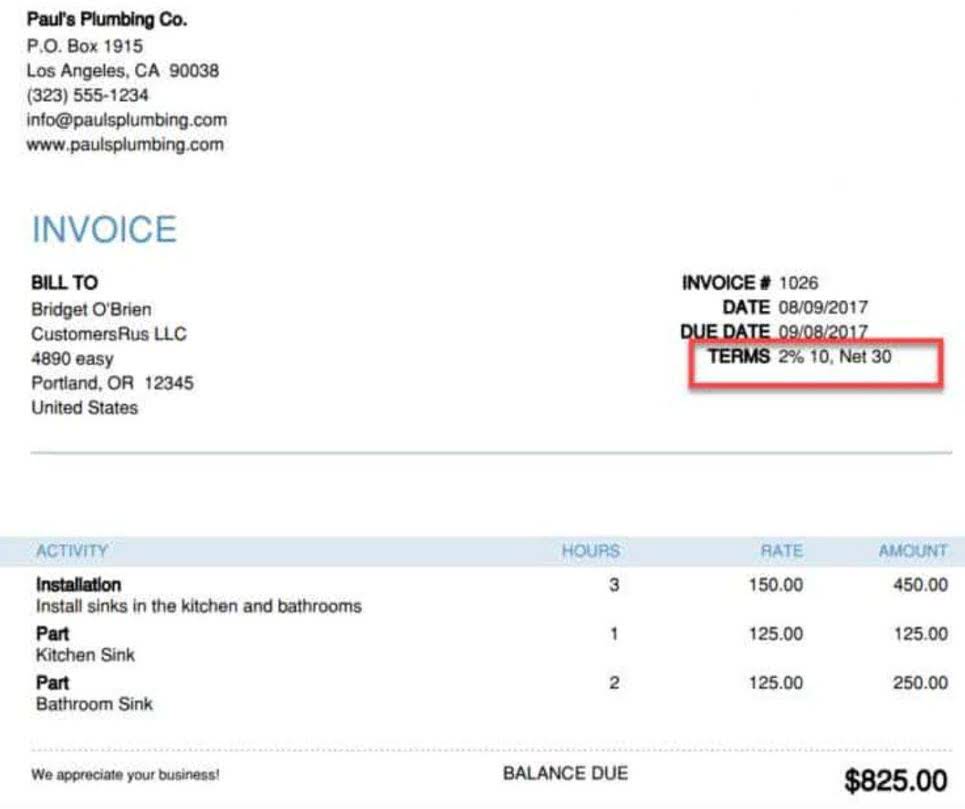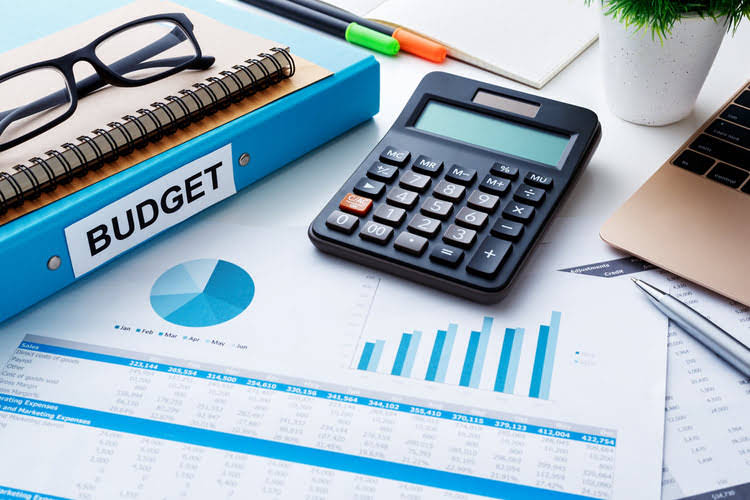Double declining balance depreciation definition

When you’re a Pro, you’re able to pick up tax filing, consultation, and bookkeeping jobs on our platform while maintaining your flexibility. Get started with Taxfyle today, and see how filing taxes can be simplified. However, the management teams of public companies tend to be short-term oriented due to the requirement to report quarterly earnings (10-Q) and uphold their company’s share price.

Basic depreciation rate
These tools can automatically compute depreciation expenses, adjust rates, and maintain depreciation schedules, making them invaluable for businesses managing multiple depreciating assets. Of course, the pace at which the depreciation expense is recognized under accelerated depreciation methods declines over time. The declining balance method is one of the two accelerated depreciation methods and it uses a depreciation rate that is some multiple of the straight-line method rate. The double-declining balance (DDB) method is a type of declining balance method that instead uses double the normal depreciation rate.

Step one
Declining Balance Depreciation is an accelerated cost recovery (expensing) of an asset that expenses higher amounts at the start of an assets life and declining amounts as the class life passes. The amount used to determine the speed of the cost recovery is based on a percentage. The most common declining balance percentages are 150% (150% declining balance) and 200% (double declining balance). Because most accounting textbooks use double declining balance as a depreciation method, we’ll use that for our sample asset.

The benefits of double declining balance
With the double declining balance method, you depreciate less and less of an asset’s value over time. That means you get the biggest tax write-offs in the years right after you’ve purchased vehicles, equipment, tools, real estate, or anything else your business needs to run. Overall, depreciation is an expense charged to the accounts for a fixed asset. This amount relates to the asset’s value that a company uses during the period.


With our straight-line depreciation rate calculated, our next step is to simply multiply that straight-line depreciation rate by 2x to determine the double declining depreciation rate. With the constant double depreciation rate and a successively lower depreciation base, charges calculated with this method continually drop. The balance of the book value is eventually reduced to the asset’s salvage value after the last depreciation period. However, the final depreciation charge may have to be limited to a lesser amount to keep the salvage value as estimated. If, for example, an asset is purchased on 1 December and the financial statements are prepared on 31 December, the depreciation expense should only be charged for one month. This is because, unlike the straight-line method, the depreciation expense under the double-declining method is not charged evenly over the ledger account asset’s useful life.
- The reason for not using it is that the method results in a lower net income in the early years of the asset’s life.
- In the subsequent years, the depreciation expense is calculated on the remaining book value.
- The higher depreciation in earlier years matches the fixed asset’s ability to perform at optimum efficiency, while lower depreciation in later years matches higher maintenance costs.
- Now you’re going to write it off your taxes using the double depreciation balance method.
- Since it always charges a percentage on the base value, there will always be leftovers.
It is a form of accelerated depreciation, which means that the asset depreciates at a faster rate than it would under a straight-line depreciation method. The double declining balance depreciation method is one way to account for the useful life of assets and we are going to explain and demonstrate how it works. Owning assets in a business inevitably means double declining balance method depreciation will be required since nothing lasts forever, especially for fixed assets. It is therefore specifically important for accountants to understand the different methods used in depreciating assets as this constitutes an important area to be taken care of by accounting professionals.
- Book value is the original cost of the asset minus accumulated depreciation.
- First, determine the annual depreciation expense using the straight line method.
- The double-declining method (DDB) of depreciation is a technique that companies use to charge depreciation.
- Although both DDB and declining depreciation are considered accelerated methods; however, double declining balance uses a depreciation rate that is twice that in the simple declining depreciation.
- The current year depreciation is the portion of a fixed asset’s cost that we deduct against current year profit and loss.
- Our AI-powered Anomaly Management Software helps accounting professionals identify and rectify potential ‘Errors and Omissions’ on a daily basis so that precious resources are not wasted during month close.
- Every year you write off part of a depreciable asset using double declining balance, you subtract the amount you wrote off from the asset’s book value on your balance sheet.
In particular, companies that are publicly traded understand that investors in the market could perceive lower profitability negatively. And the book value at the end of the second year would be $3,600 ($6,000 – $2,400). This cycle continues until the book value reaches its estimated salvage value or zero, at which point no further depreciation is recorded. She holds a Bachelor of Science in Finance degree from Bridgewater State University and helps develop content strategies. Adam Hayes, Ph.D., CFA, is a financial writer with 15+ years Wall Street experience as Bookstime a derivatives trader. Besides his extensive derivative trading expertise, Adam is an expert in economics and behavioral finance.
